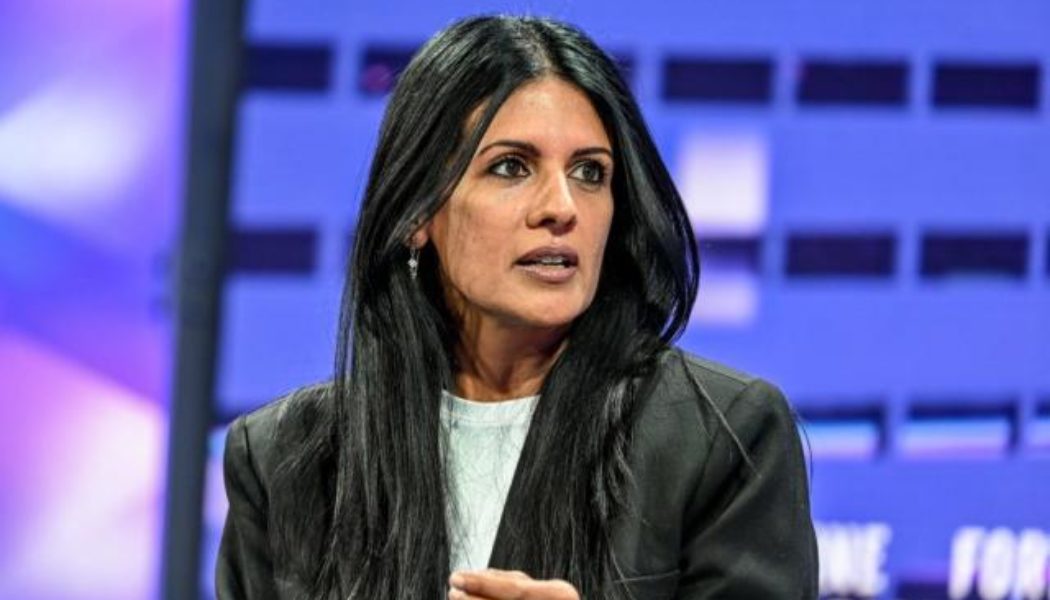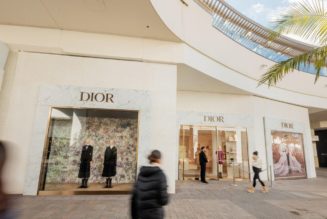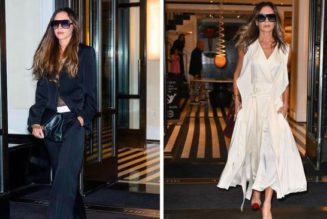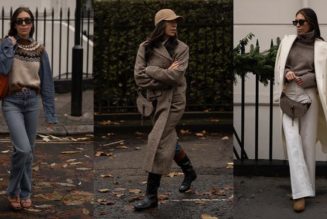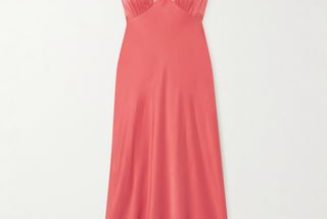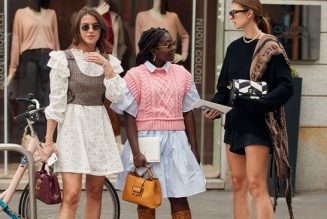Good morning, Broadsheet readers! The Biden administration is attempting to protect legal abortion patients, women overtake men in the Dutch cabinet, and Ellie Austin, Fortune’s deputy editorial director of live media, shares a new interview with Samina Virk, a luxury fashion resale CEO confronting an evolving market. Have a wonderful Wednesday!
– Getting thrifty. The combination of the pandemic and soaring inflation have resulted in a rocky few years for many retailers. The resale fashion market, however, is one sector of the industry that has thrived amid the uncertainty.
According to the analytics company GlobalData, the U.S. resale market is expected to grow eleven times faster than the broader clothing sector by 2025. Online thrift store ThredUp predicts the global market for secondhand apparel to be worth $350 billion by 2027 as consumers prioritize affordability. (Data shows that while environmental concerns motivate Gen Z to shop secondhand, sustainability isn’t as important a factor for other age groups.)
Although resale remains big business, many secondhand fashion sites are struggling to achieve profitability in a sector known for its low margins. Last year, ThredUp reported net losses of $92.3 million, while the luxury resale marketplace The RealReal was $196 million in the red. There are also the added obstacles of consumers pulling back on nonessential spending and brands such as Lululemon, COS, and Zara launching in-house resale platforms to rival third-party sites.
Vestiaire Collective, a leading luxury fashion resale platform headquartered in Paris, is one company at the center of these conflicting forces. Founded in 2009, it has raised over $560 million from investors including Goldman Sachs and Softbank. The company achieved unicorn status in 2021 but doesn’t publicly disclose its earnings. As the resale market evolves and confronts challenges, Samina Virk, Vestiaire Collective’s CEO of North America, is banking on collaborations with brands such as Courrèges and Chloé to help ensure the company’s longevity. With these partnerships, Vestiaire Collective hosts dedicated resale platforms for each brand. It also runs the pricing and selling process.
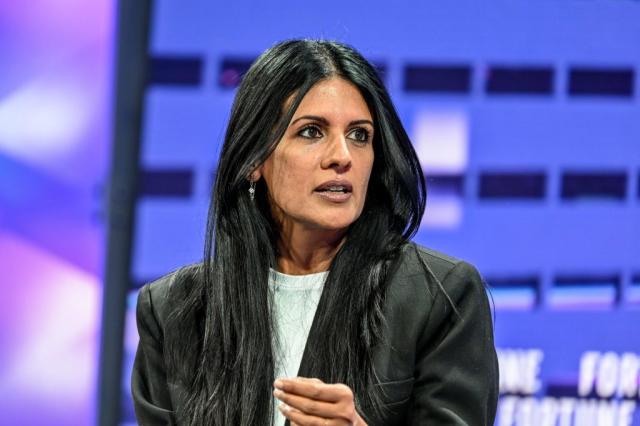
“There’s a lot of opportunity for how we sit alongside brands,” Virk said at Fortune Brainstorm Tech in Park City, Utah, last week, during a conversation with Fortune’s Phil Wahba. “There’s room for all of us, whether it’s peer-to-peer marketplaces, brands [or] consignment stores.”
In collaborating with Chloé, for example, Vestiaire Collective accesses prestige products that are likely to be perennial bestsellers in the secondhand market. Chloé, meanwhile, outsources resale logistics while potentially gaining a new customer base.
“We’ve done a few different surveys with customers and we’ve found that over 60% of our secondhand buyers discovered a new brand for the first time,” says Virk, who rejoined the company this year after serving as its U.S. president and CMO from 2014 to 2017. (In between, she served as CMO of the personal shopping platform Threads Styling.) “Of that figure, over 50% of them would buy the brand again.”
The first fashion resale platform to become a certified B Corp, Vestiaire Collective is working to eradicate fast fashion from its website. Its other priorities include authentication (a team of experts checks every item submitted for sale to ensure that it isn’t a counterfeit) and tailoring the shopping experience to individual users.
“We’re putting even more steps [in place so that] the right product is coming [up for] the right customer,” says Virk. “So [it’s about] the next step in personalization as we grow.”
Ellie Austin
ellie.austin@fortune.com
@Ellie_Austin_
The Broadsheet is Fortune’s newsletter for and about the world’s most powerful women. Subscribe here.
This story was originally featured on Fortune.com
More from Fortune:
5 side hustles where you may earn over $20,000 per year—all while working from home
Looking to make extra cash? This CD has a 5.15% APY right now
Buying a house? Here’s how much to save
This is how much money you need to earn annually to comfortably buy a $600,000 home
